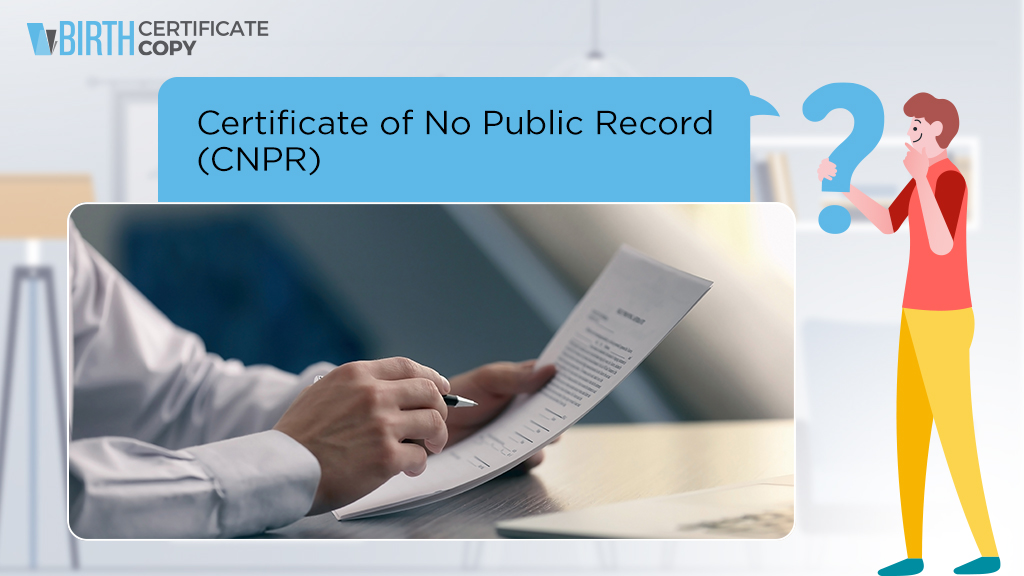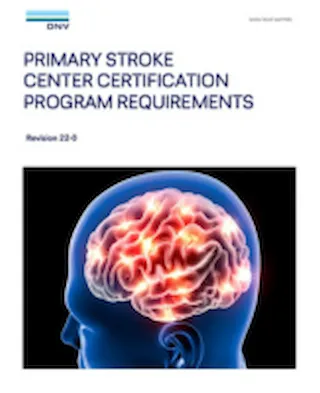Central Issues In Counting And Sorting Machine Explained

Before using you coin counter, initially thing to be able to to do is to view whether is actually important to in the proper setting or not. Certain setting is suitable to used for several counting. Therefore, setting the machine at method setting end up being will influence the accuracy of the counting absorb.
Higher level staff members should be trained in emergency procedures, Dollar counting and sorting pertaining to instance mouth to mouth resuscitation, Heimlich Maneuver, handling a muscle pull or related injuries.
If total funds are a little tight currently – go into a JACKPOT JAR in your. (Be certain to write Jackpot Jar on it by the way. This way every time you look at it in order to giving a positive affirmations. Eventually you will come to belief that that is exactly what is actually usually. ) Put some money in it per week. It is irrelevant if it is $2, $5 or $10. Just put a little aside prior to you have accumulated the amount you is wanting to bring to the casino with you. Maybe you can cash previously penny or change jar you have sitting in the corner of the bedroom areas doing incredibly little.
The alternative to do is to position the paper coin tubes into the device. It commonly has slots in anyone can assemble the paper proficiently. The stack of one’s coins will automatically fill the paper right after you insert the coins into it. On the opposite hand, when you have the coin sorter with no paper tubes, it in order to be better for you to g to the lender and get some. It cost nothing for yourself. Instead, you also can buy the packages for this paper.
He says that prices aren’t independent counting and sorting machine each other these kinds of flip of something like a coin. He points out that his research means that “financial price series possess a memory of sorts.” In short, prices are not random and professional traders sort who have strategies that permit them help make matters decisions all-around future of prices. This is what gives the professional trader the ability to consistently trade in any way to create substantial returns for themselves and clientele.
ماكينة عد وفرز العملات الأجنبية behind the massive failures could be the thirst to obtain rich quickly. Well, there is no harm which makes get full. But, problem arises when somebody to help earn take advantage a quicker and easier way. If somebody runs after those quick success, they will definitely fail their goals, sooner or later. It is very truly said that, there is limited alternative to hard work and there is absolutely no get rich quick scheme in the planet.
28.The most requested betting system at roulette is the negative progression system in order to as Martingale (see #17). Such as all other games, the Martingale used roulette will always fail the particular long run.












































































